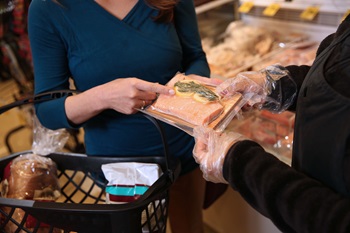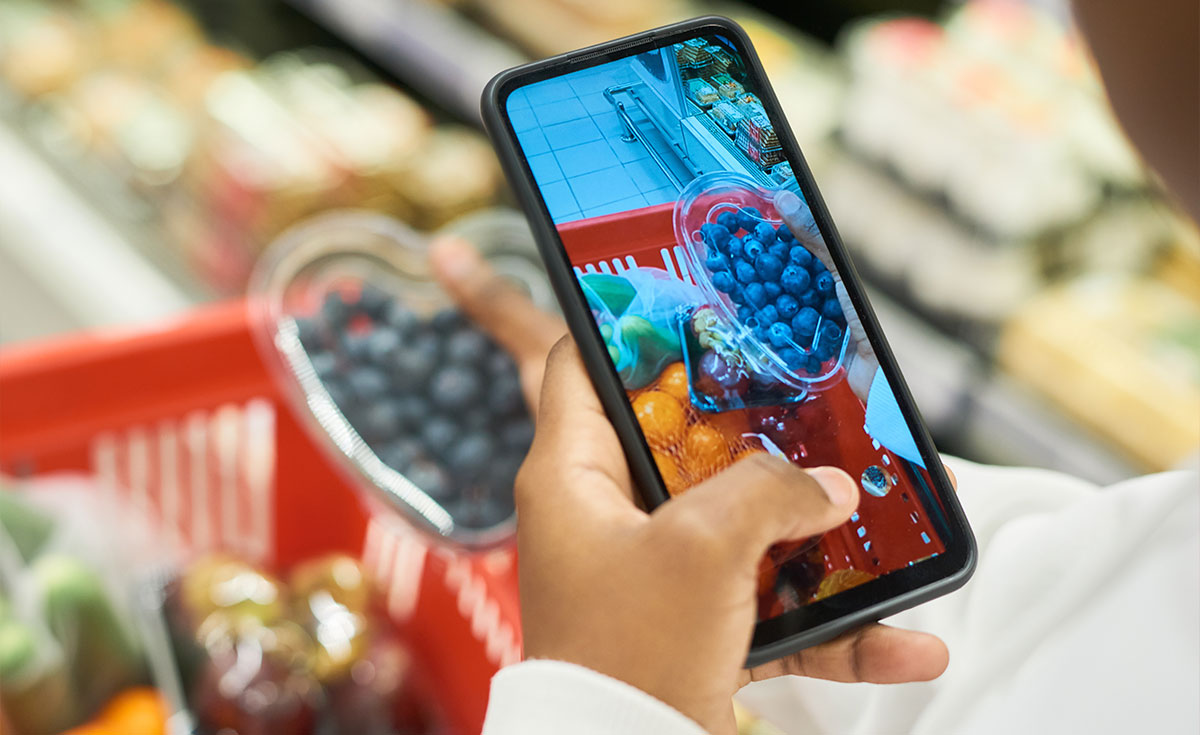By Steve Markenson, Vice President, Research & Insights, FMI
 After the incredible growth of seafood sales at retail in the first year of the COVID-19 pandemic (2020), seafood maintained its upward trajectory in 2021 to take the proverbial two steps forward. However, 2022 proved to be a very different story for
seafood as the category took one big step backward in terms of sales. While overall seafood sales did not fall back as low as pre-pandemic levels, dollar (-3.8%) and unit (-9.7%) sales were down in 2022 from the record 2021 levels. This year’s
Power of Seafood chronicles how the who, where, what and why of seafood consumption has been impacted by the current economic situation, most notably inflation.
After the incredible growth of seafood sales at retail in the first year of the COVID-19 pandemic (2020), seafood maintained its upward trajectory in 2021 to take the proverbial two steps forward. However, 2022 proved to be a very different story for
seafood as the category took one big step backward in terms of sales. While overall seafood sales did not fall back as low as pre-pandemic levels, dollar (-3.8%) and unit (-9.7%) sales were down in 2022 from the record 2021 levels. This year’s
Power of Seafood chronicles how the who, where, what and why of seafood consumption has been impacted by the current economic situation, most notably inflation.
Who Is Buying Seafood?
Those loyal to seafood have stayed the course, continuing to eat seafood at least two times a week. But the frequent seafood consumer, who had grown to be 30% of Americans, has receded to be only 24% of the population. These frequent seafood consumers continue to be an attractive group for retailers as they are an affluent and educated group who are big grocery spenders. Meanwhile, the share of non-seafood eaters (eat seafood less than once a month) has grown from 40% of the population to almost one-half (47%) of Americans in the past year.
Where are Seafood Consumers Shopping?
Shoppers continue to shop a wide array of merchants for their seafood. A significant portion of seafood shoppers continue to say their primary store for groceries is not their primary store for seafood. In addition, the share of seafood shoppers who identify a traditional grocery store as their primary seafood store continues to decline (35%, down from 51% in 2019). Supercenters, discount stores and club stores continue to make inroads. Still, the study points out that shoppers frequent a diverse set of other retailers for their seafood.
What Types of Seafood are Shoppers Buying?
With rising food prices and concerns about food waste, grocery (canned, pouch, etc.) and frozen seafood have held stronger in sales. Meanwhile, fresh seafood saw significant decreases in dollar (-8.2%) and unit (-15.6%) sales in 2022. Frozen seafood is seen as having a number of key advantages over fresh, such as helping avoid food waste and providing more information on package (preparation instructions, nutrition information). The Power of Seafood also explores shoppers’ preferences for wild-caught vs. farm-raised, various species, sustainability claims and much more.
How is Inflation Impacting Shoppers?
While quality is still a focus for seafood shoppers, price has grown in importance. A growing number of shoppers are comparison shopping as opposed to just buying based on quality. When asked what factors are important when shopping for seafood, price per pound and total price have grown in importance. Among non-seafood consumers, cost or cost compared to other proteins are now solidly at the top of the list of reasons for not eating seafood.
This is just the tip of the iceberg of what is covered in the Power of Seafood report. Do you want to know more about seafood cooking habits, perceptions of aquaculture, concerns about sustainability, the role of health and well-being and so much more? The Power of Seafood report provides loads of data and insights on all of these issues and more regarding the seafood department.


 Industry Topics address your specific area of expertise with resources, reports, events and more.
Industry Topics address your specific area of expertise with resources, reports, events and more.
 Our Research covers consumer behavior and retail operation benchmarks so you can make informed business decisions.
Our Research covers consumer behavior and retail operation benchmarks so you can make informed business decisions.
 Events and Education including online and in-person help you advance your food retail career.
Events and Education including online and in-person help you advance your food retail career.
 Food Safety training, resources and guidance that help you create a company food safety culture.
Food Safety training, resources and guidance that help you create a company food safety culture.
 Government Affairs work — federal and state — on the latest food industry policy, regulatory and legislative issues.
Government Affairs work — federal and state — on the latest food industry policy, regulatory and legislative issues.
 Get Involved. From industry awards to newsletters and committees, these resources help you take advantage of your membership.
Get Involved. From industry awards to newsletters and committees, these resources help you take advantage of your membership.
 Best practices, guidance documents, infographics, signage and more for the food industry on the COVID-19 pandemic.
Best practices, guidance documents, infographics, signage and more for the food industry on the COVID-19 pandemic.
